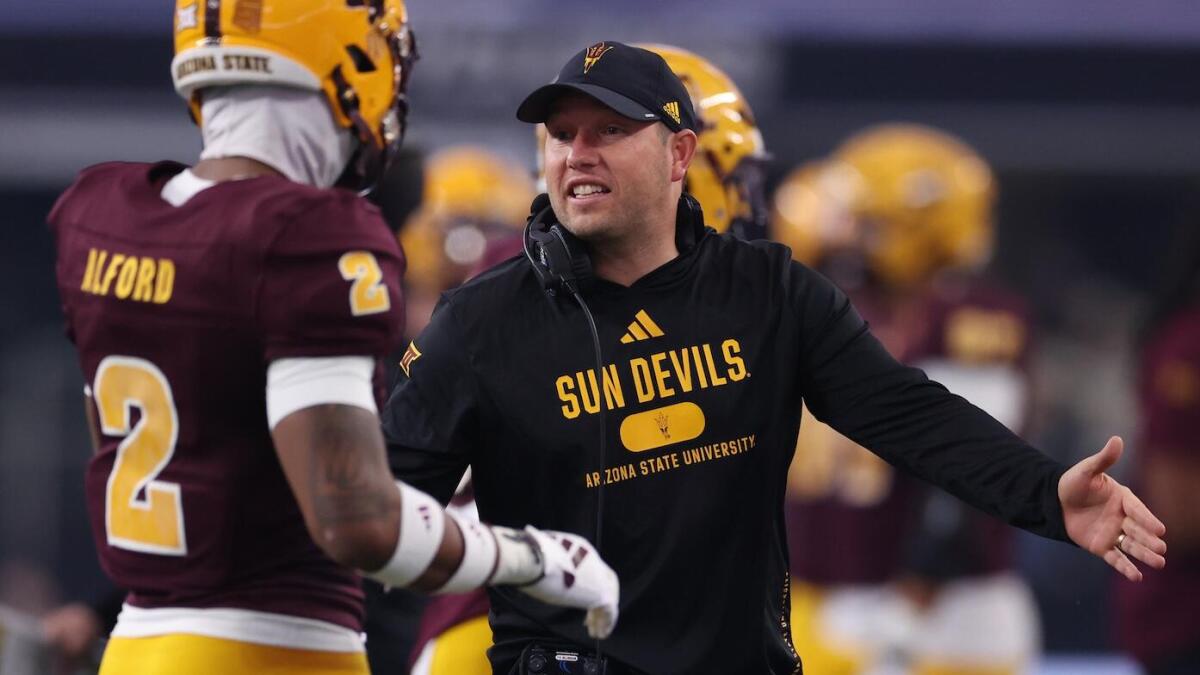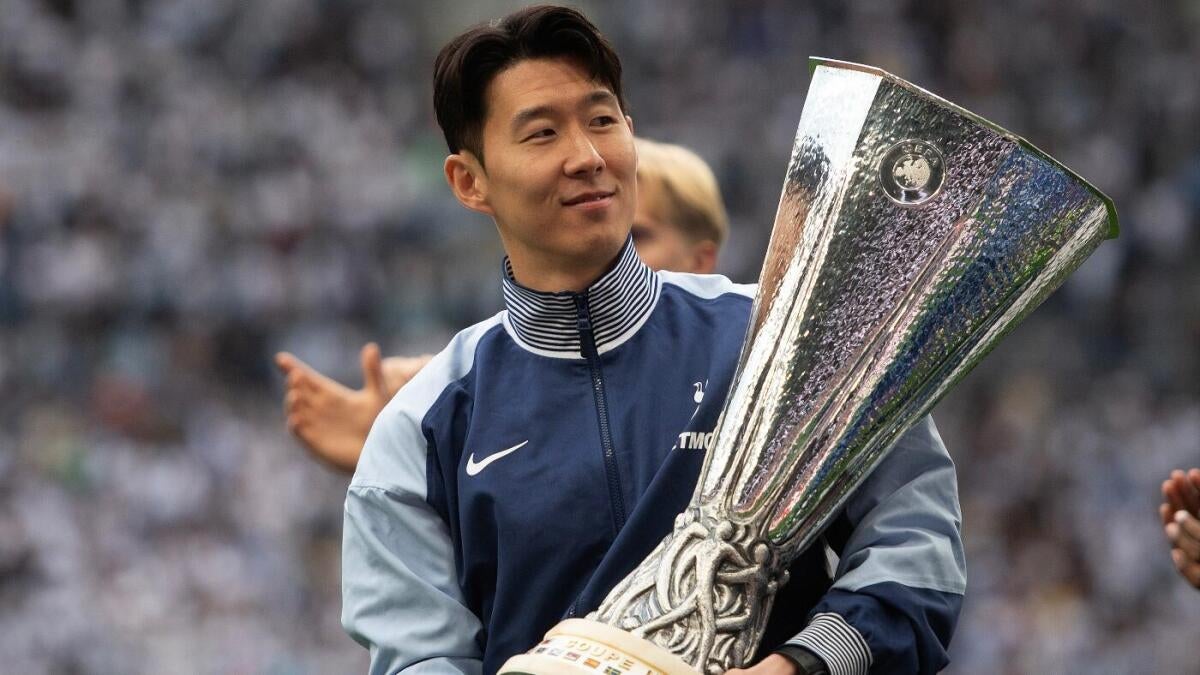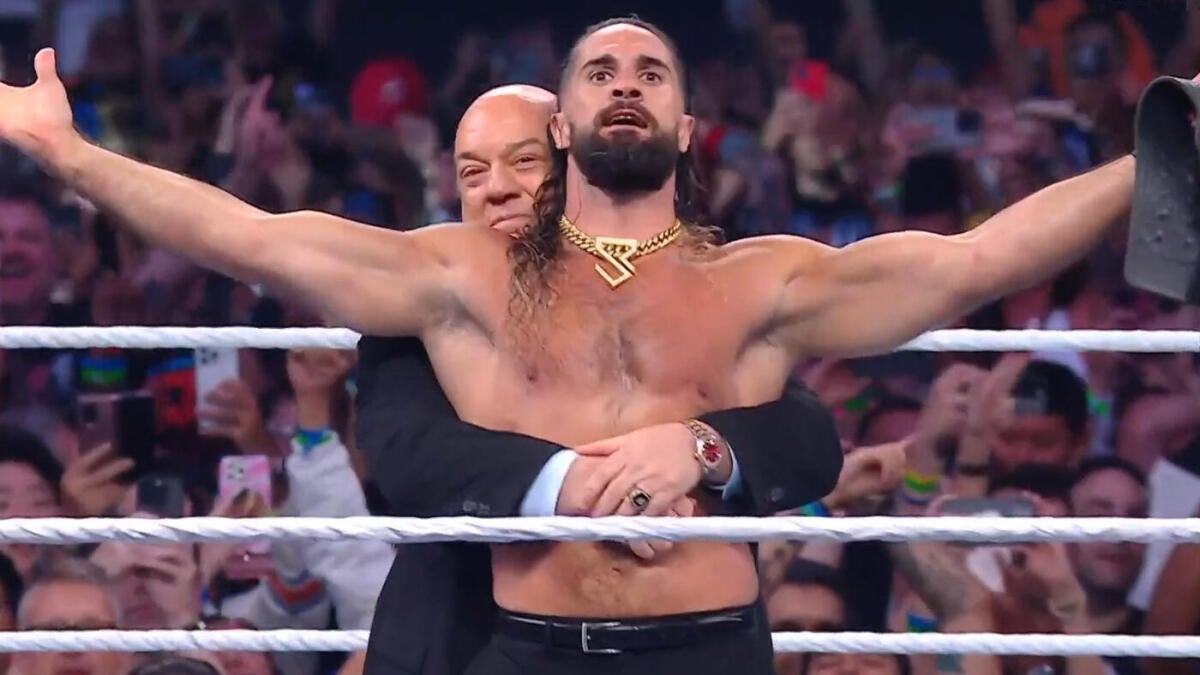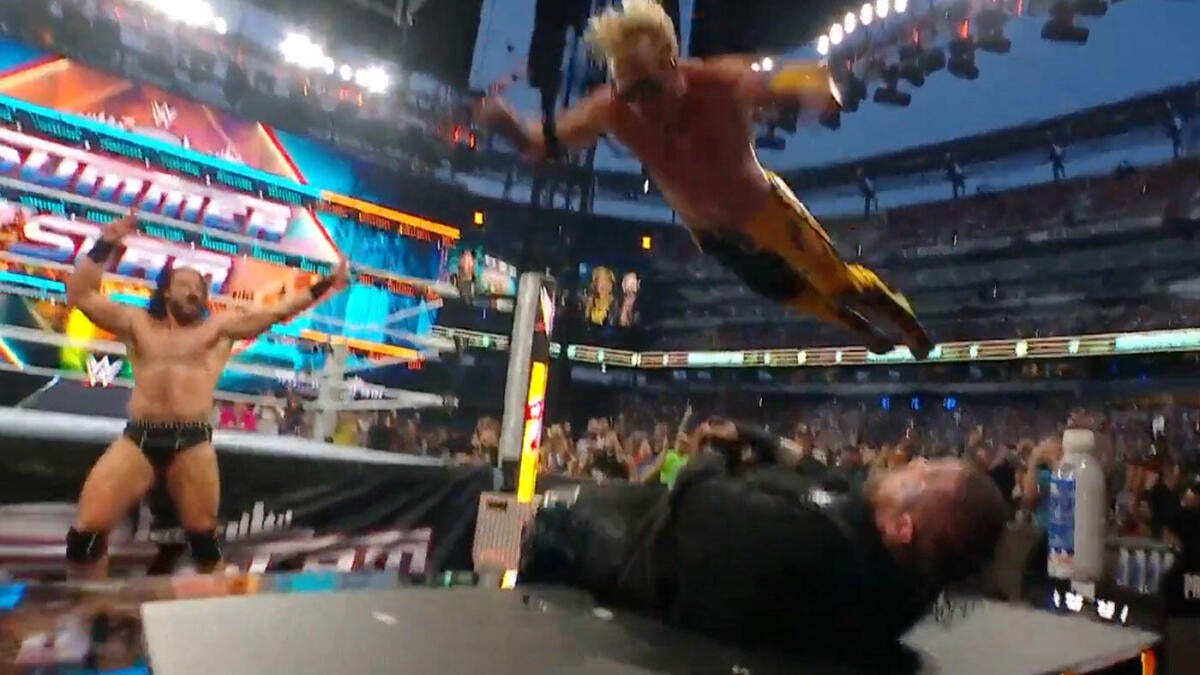The NIL Revolution in Texas: A New Era for High School and College Athletics
The Dawn of NIL in the Lone Star State
The Name, Image, and Likeness (NIL) revolution has swept across the United States, but nowhere is its impact more pronounced than in Texas. The Lone Star State, known for its deep-rooted sports culture and a history of producing elite athletes, has become a hotbed for NIL activity. The NIL era, which began in 2021, has fundamentally altered the landscape of college and high school athletics, presenting both unprecedented opportunities and significant challenges.
College Athletics: A Booming Market
Texas universities have swiftly adapted to the NIL landscape, with some institutions establishing sophisticated NIL collectives. These collectives, which pool resources from donors and businesses, serve as intermediaries, connecting athletes with endorsement opportunities and helping them navigate the complexities of NIL agreements. The University of Texas and Texas A&M, for instance, have invested heavily in NIL infrastructure, providing resources and education to their athletes.
The impact on recruiting has been substantial. While traditional factors such as coaching staff, facilities, and academic reputation remain crucial, NIL has emerged as a significant differentiator. Schools with well-funded and organized NIL programs can offer attractive financial incentives to top recruits, potentially swaying their decisions. This has led to a competitive imbalance, with schools possessing deeper pockets and more aggressive collectives gaining an advantage. Smaller schools, lacking the financial muscle of their Power Five counterparts, are forced to find creative ways to compete, focusing on player development and a strong sense of community.
High School: Navigating Murky Waters
The high school NIL landscape in Texas is more restrictive. Current state legislation prohibits high school athletes from entering NIL deals until they enroll in higher education. This restriction has created a unique situation where talented young athletes must wait to capitalize on their fame, even as their peers in other states are already earning significant income.
This restriction has drawn criticism from some who argue that it puts Texas athletes at a disadvantage. The debate centers on fairness and the potential for lost opportunities. While some fear that allowing high school NIL deals would professionalize youth sports and create undue pressure on young athletes, others contend that it’s a matter of economic justice. Despite the restrictions, NIL’s influence is still felt in Texas high schools. College recruiters are keenly aware of NIL potential when evaluating prospects, and the specter of future earnings undoubtedly factors into athletes’ decisions about where to play.
Key Players and Initiatives
Several organizations and individuals are shaping the NIL landscape in Texas:
Universities and Athletic Departments
Universities such as the University of Texas and Texas A&M are at the forefront of the NIL revolution. These institutions have established comprehensive NIL programs, providing athletes with the resources and education needed to navigate the complexities of NIL agreements. By investing in NIL infrastructure, these universities are not only empowering their athletes but also enhancing their recruiting efforts.
NIL Collectives
Numerous NIL collectives have emerged in Texas, each with its own approach to connecting athletes with NIL opportunities. These collectives act as intermediaries, pooling resources from donors and businesses to facilitate NIL deals. Some collectives focus on specific sports or universities, while others operate on a broader scale, connecting athletes with businesses across the state.
Lone Star NIL
Lone Star NIL is the first state-specific NIL marketplace, aiming to connect Texas college athletes with businesses and fans across the state. This platform provides a centralized hub for NIL deals, making it easier for athletes to find endorsement opportunities and for businesses to connect with athletes. Lone Star NIL is playing a crucial role in shaping the NIL landscape in Texas, fostering a more organized and transparent market.
Individual Athletes
Many Texas athletes are actively pursuing NIL deals, leveraging their social media presence and personal brands to secure endorsements and sponsorships. These athletes are not only earning income from their talents but also building their personal brands, which can have long-term benefits for their careers.
Challenges and Opportunities
The NIL era in Texas presents both significant challenges and exciting opportunities.
Challenges
Compliance and Regulation
Navigating the complex web of NIL rules and regulations is a constant challenge for athletes, schools, and businesses. The lack of clear guidelines and the potential for conflicts of interest create a challenging environment. Schools must ensure that their athletes comply with NIL regulations, while businesses must navigate the legal landscape to avoid potential pitfalls.
Competitive Imbalance
The financial disparities between schools and collectives threaten to create an uneven playing field. Schools with deeper pockets and more aggressive collectives may have an unfair advantage, leading to concerns about a pay-for-play system. This competitive imbalance could undermine the integrity of amateur sports and create divisions within teams.
Potential for Abuse
Concerns exist about the potential for NIL deals to be used as inducements or improper benefits, undermining the integrity of amateur sports. Schools must ensure that NIL deals are transparent and that athletes are not receiving preferential treatment. The potential for abuse highlights the need for robust compliance programs and clear guidelines.
Impact on Team Dynamics
NIL earnings could create divisions within teams if some athletes are perceived as receiving preferential treatment. This could lead to resentment and a breakdown in team cohesion. Schools must address these concerns proactively, ensuring that NIL deals do not undermine the team dynamic.
Opportunities
Empowerment of Athletes
NIL provides athletes with the opportunity to earn money from their talents and build their personal brands. This empowerment can have long-term benefits for athletes, providing them with financial security and the ability to pursue their passions.
Economic Development
NIL can stimulate economic activity in local communities, as businesses invest in partnerships with athletes. This economic development can have a ripple effect, benefiting not only the athletes but also the broader community.
Enhanced Fan Engagement
NIL can create new avenues for fans to connect with their favorite athletes and teams. By leveraging NIL, athletes can engage with their fans in new and innovative ways, enhancing the fan experience and building stronger connections.
Innovation and Creativity
The NIL era is fostering innovation in marketing, branding, and athlete representation. Athletes and businesses are exploring new ways to leverage NIL, creating unique and creative partnerships that benefit both parties.
The Future of NIL in Texas
The NIL landscape in Texas is still evolving, and its long-term impact remains to be seen. Several key trends are likely to shape the future:
Increased Regulation
As NIL becomes more established, expect greater scrutiny and potential for stricter regulations at both the state and national levels. Schools and businesses must stay informed about changes in regulations and adapt their NIL programs accordingly.
Focus on Education
Schools will need to invest in comprehensive NIL education programs to ensure that athletes understand their rights and responsibilities. By providing athletes with the knowledge and tools they need to navigate the NIL landscape, schools can empower their athletes to make informed decisions.
Growth of Group Licensing
Expect to see more group licensing deals, where athletes pool their NIL rights for collective marketing opportunities. This approach can provide athletes with greater leverage and more significant financial benefits.
Integration with Academic Programs
Universities may explore ways to integrate NIL into academic programs, providing students with practical experience in marketing, business, and entrepreneurship. By integrating NIL into academic programs, universities can prepare their students for successful careers in the sports industry.
Continued Debate over High School NIL
The debate over allowing high school athletes to profit from their NIL is likely to continue, with potential for legislative changes in the future. Schools and athletes must stay informed about changes in legislation and advocate for policies that benefit athletes.
Conclusion: A Game Changer
NIL has undeniably changed the game in Texas athletics. While challenges and uncertainties remain, the opportunities for athletes, schools, and businesses are immense. As the landscape continues to evolve, stakeholders must work together to ensure that NIL is implemented in a way that is fair, sustainable, and aligned with the values of amateur sports. Texas, with its rich athletic tradition and entrepreneurial spirit, is poised to be a leader in this new era, shaping the future of NIL for years to come. The NIL revolution is not just a passing trend; it is a fundamental shift in the sports landscape that will have lasting impacts on athletes, schools, and communities across the state.











